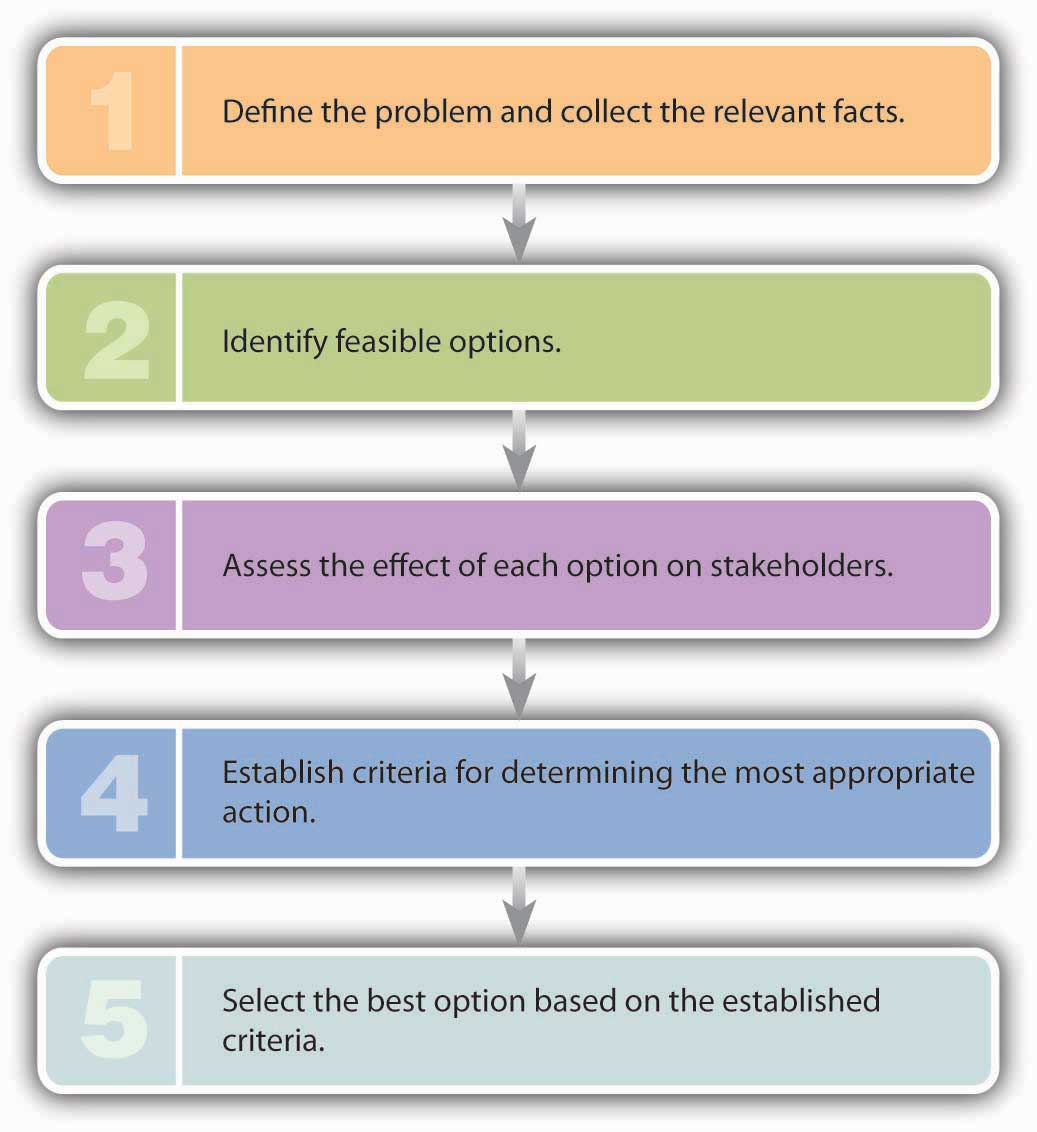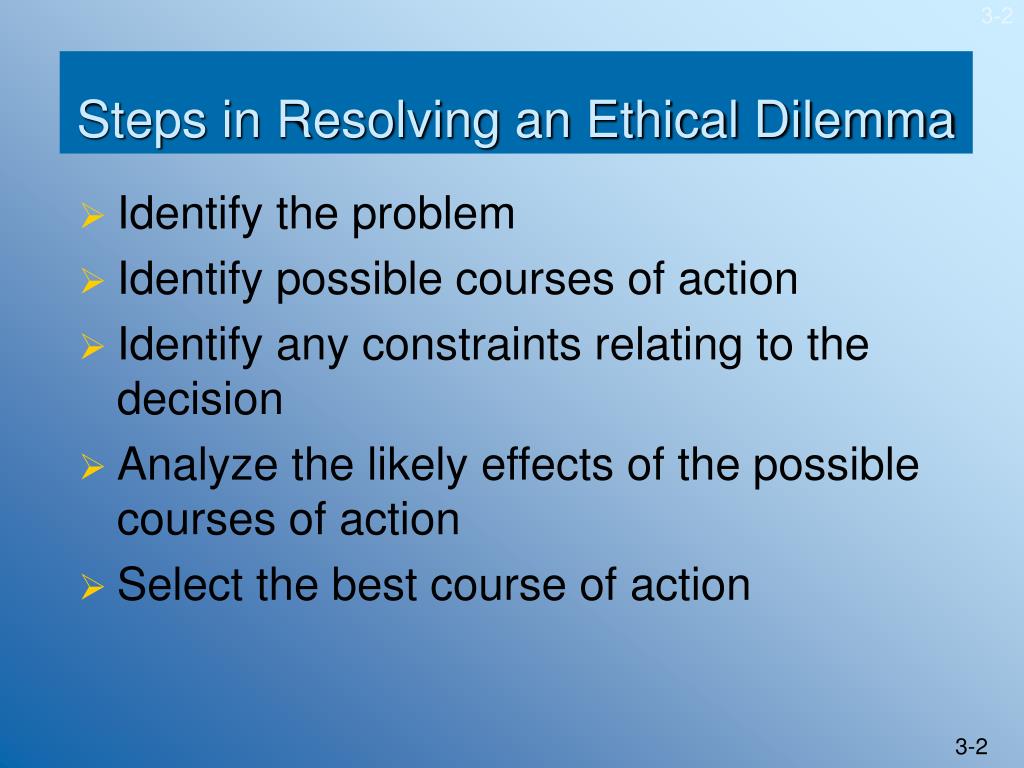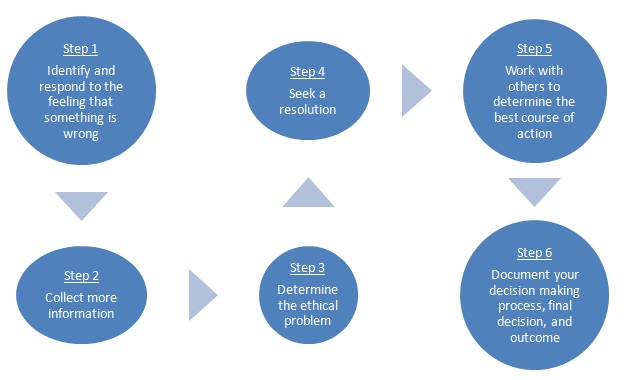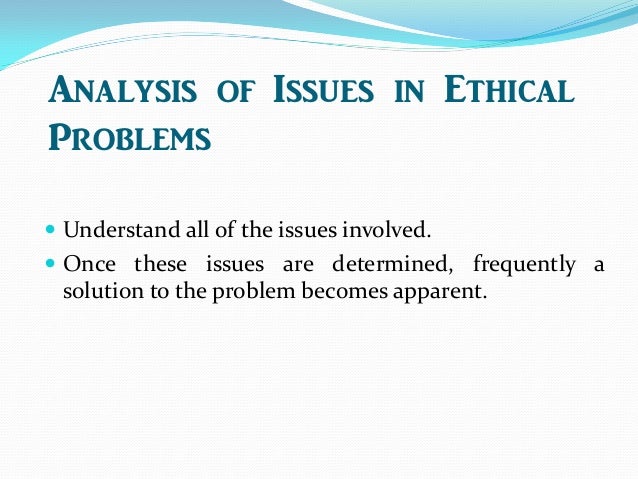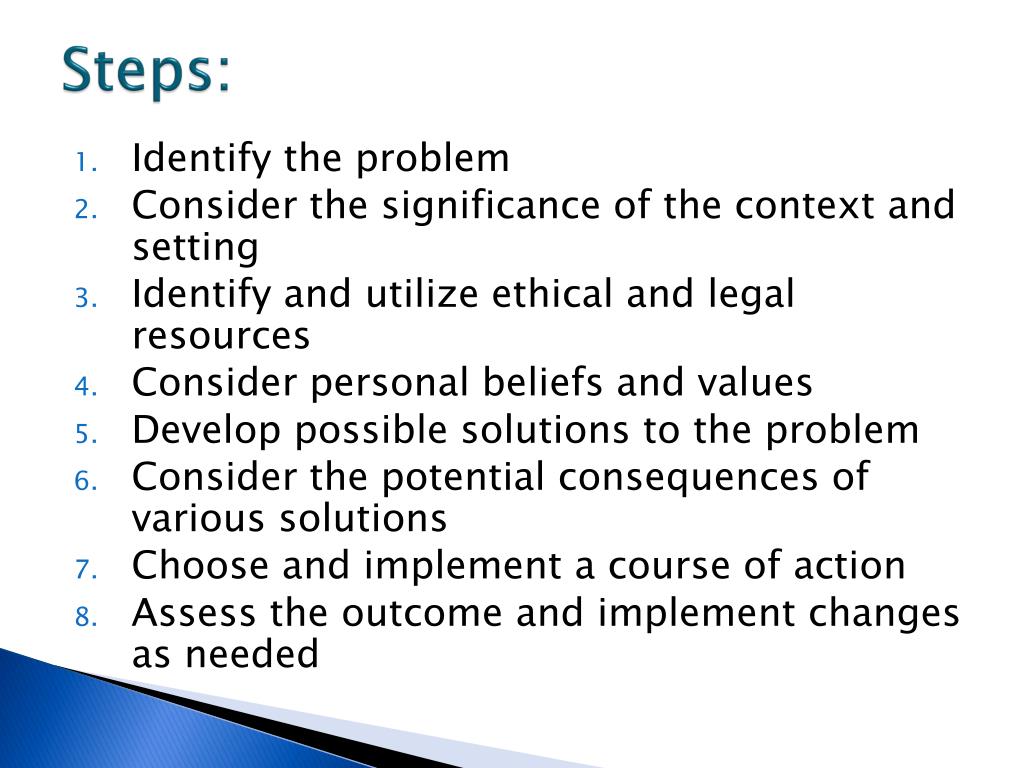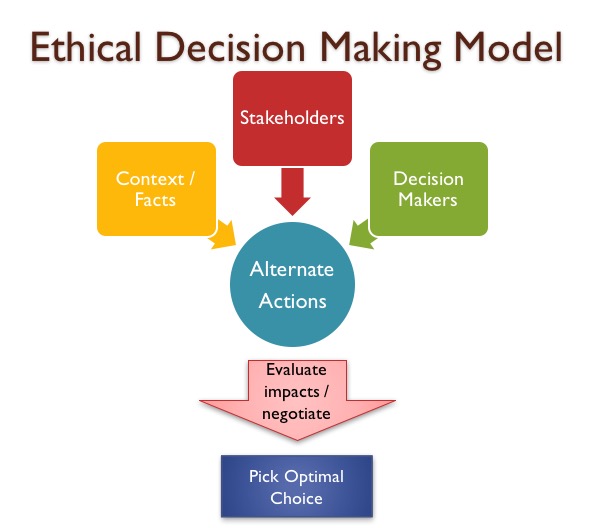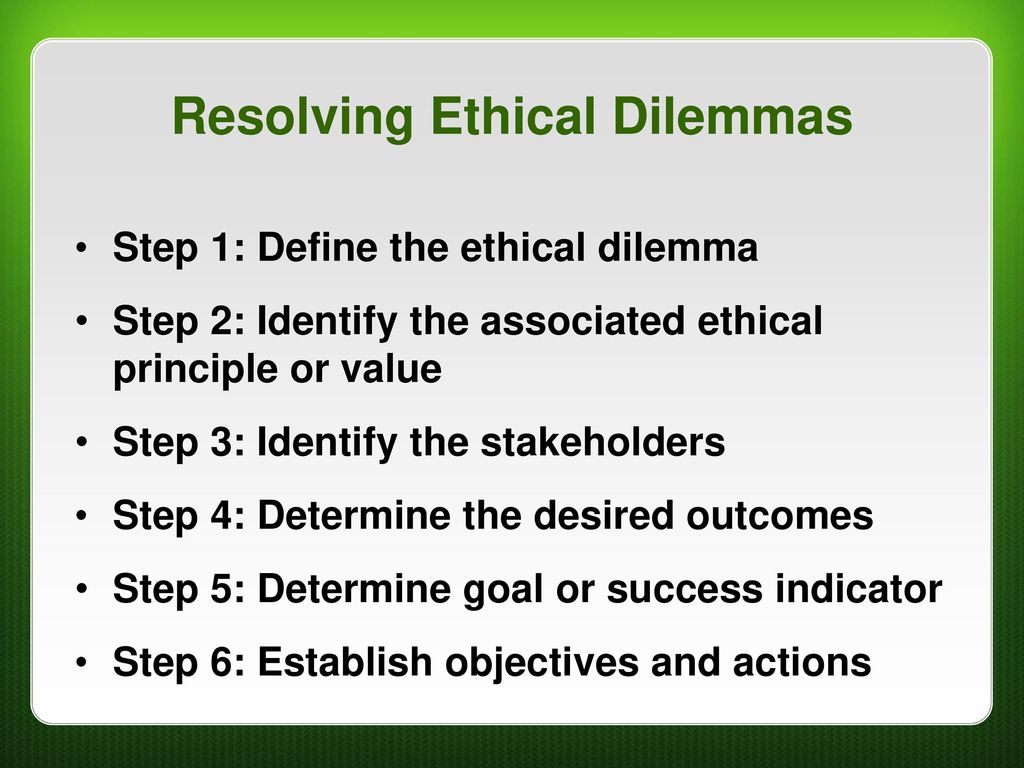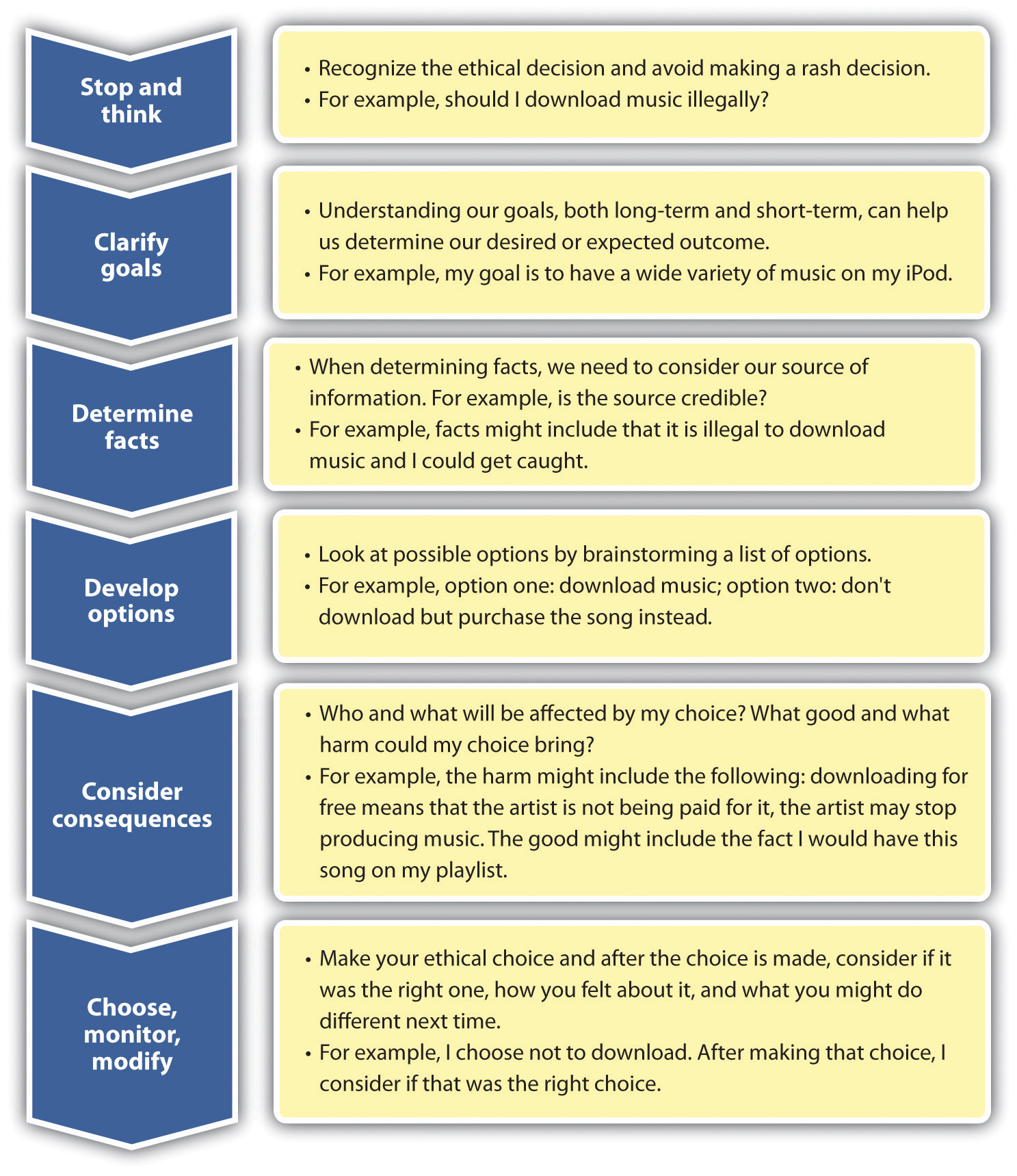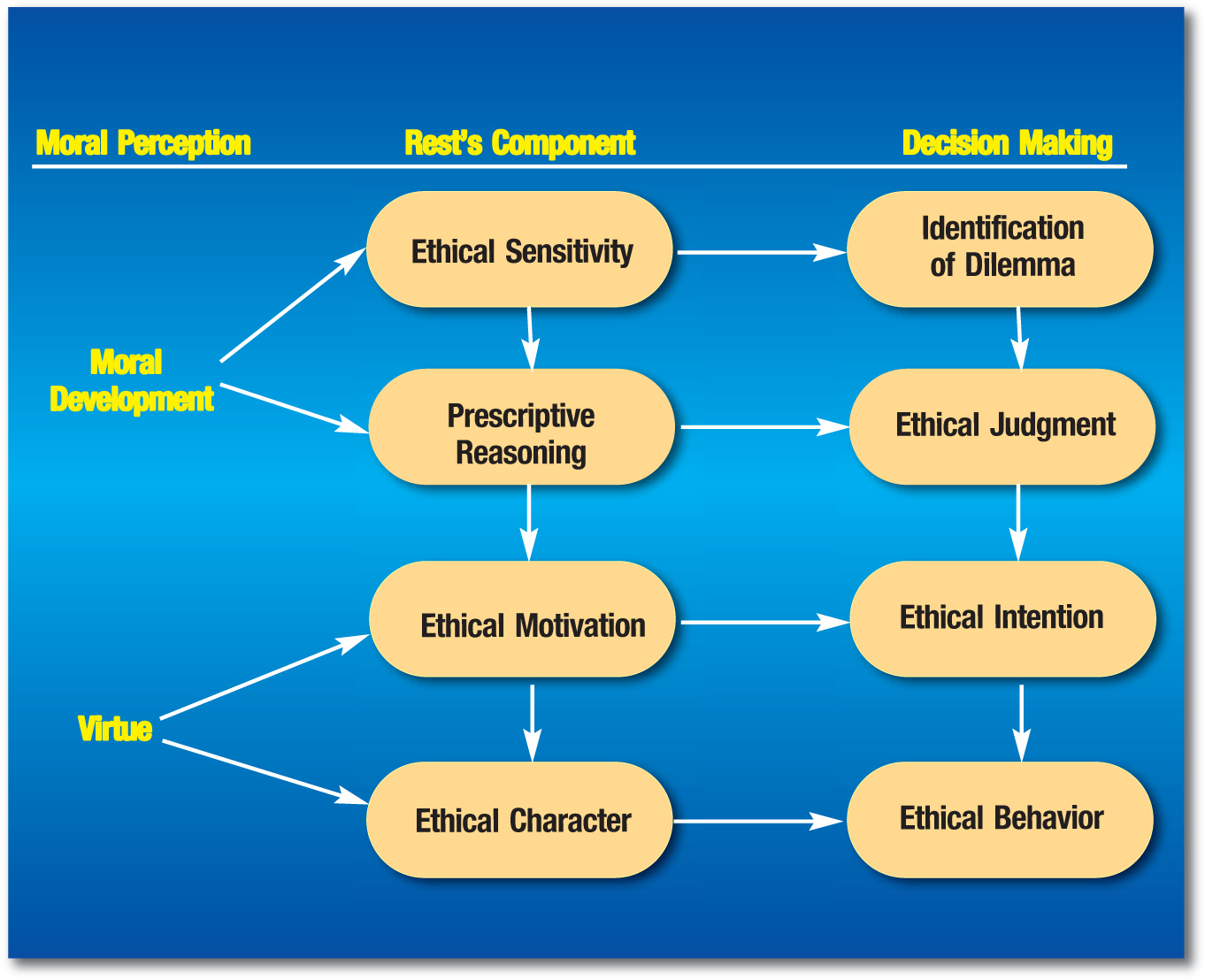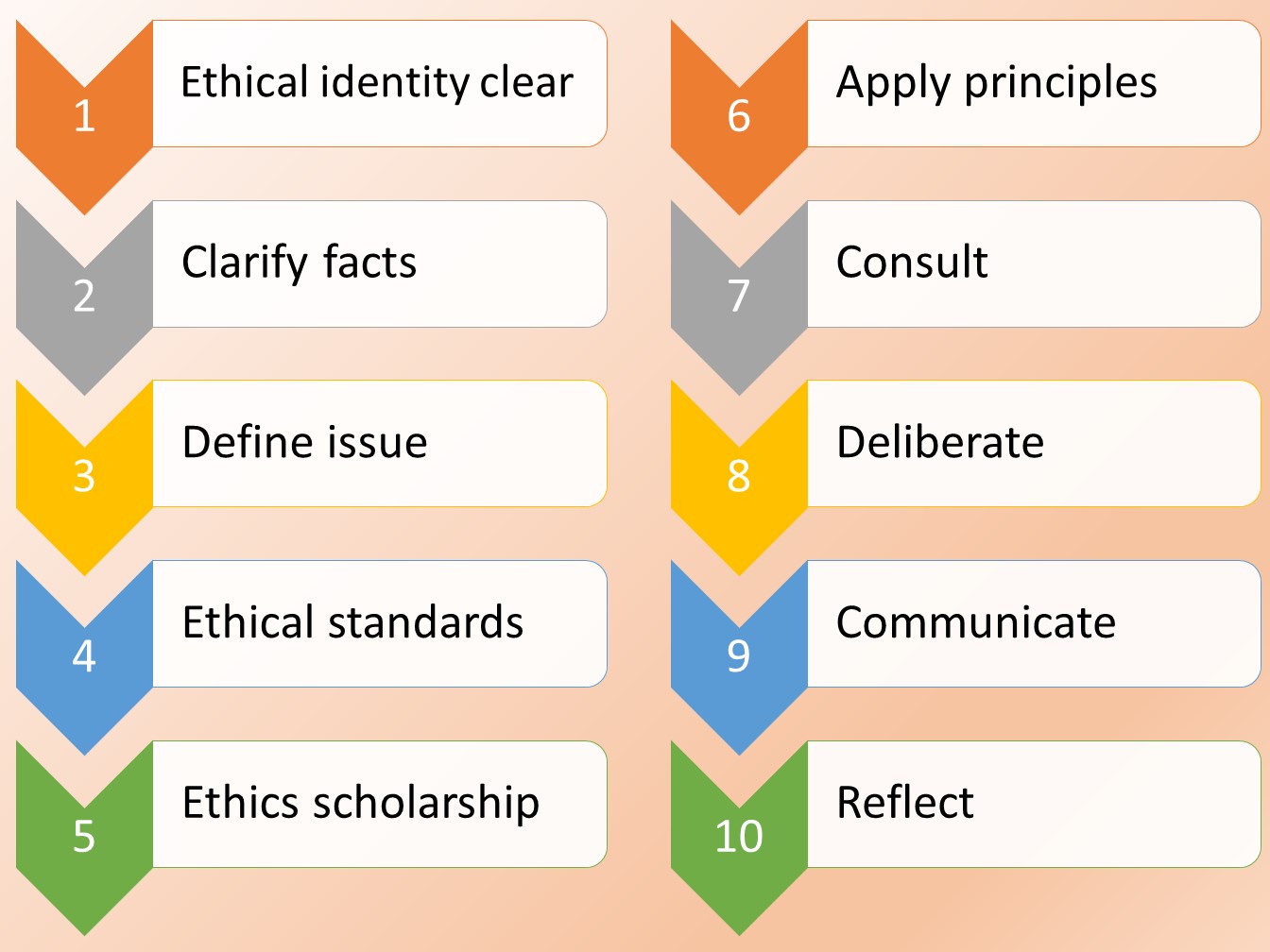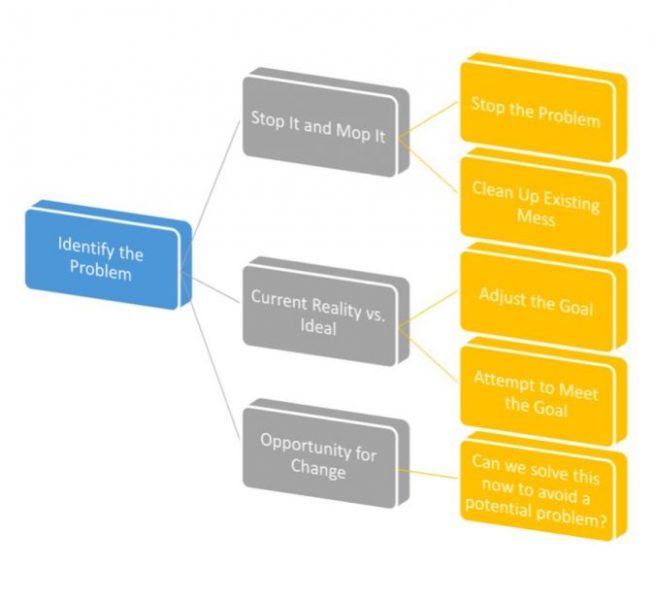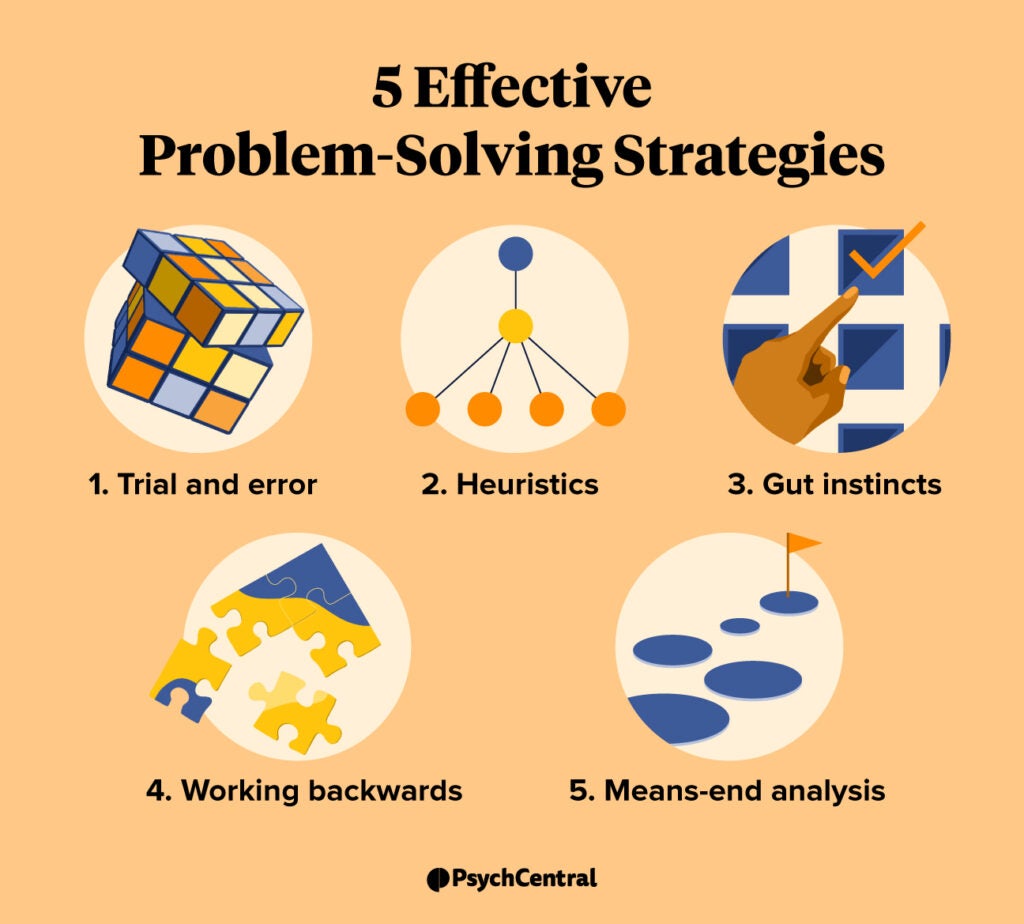3 Step Approach To Solve An Ethical Problem

In an increasingly complex world, navigating ethical dilemmas has become a crucial skill for individuals and organizations alike. A straightforward, three-step approach to ethical problem-solving is gaining traction across various sectors, providing a structured framework for making sound decisions. This method emphasizes clarity, objectivity, and stakeholder consideration, offering a practical solution to navigate moral ambiguities.
The core of this approach lies in simplifying the often convoluted process of ethical reasoning. By breaking down complex scenarios into manageable steps, individuals are empowered to analyze the situation, consider various perspectives, and arrive at a defensible course of action. The method aims to remove emotional biases and promote rational decision-making, applicable to a wide range of ethical challenges.
The Three-Step Framework
The first step is "Identify and Define the Problem." This involves clearly stating the ethical dilemma at hand. What are the conflicting values? Who are the stakeholders involved, and how are they affected? This initial stage requires a thorough understanding of the situation's factual context, avoiding assumptions and gathering all relevant information.
Clarity in defining the problem is crucial. A vague or poorly defined problem can lead to ineffective or even unethical solutions. Accurate identification sets the stage for the subsequent steps, ensuring that the focus remains on addressing the core ethical issue.
The second step, "Evaluate Options and Consequences," encourages a comprehensive exploration of potential courses of action. This involves brainstorming a range of solutions, regardless of initial feasibility. Each option is then assessed based on its potential impact on all stakeholders involved, considering both positive and negative consequences.
This stage often involves consulting ethical guidelines, legal regulations, and organizational policies. Seeking input from trusted advisors or ethical review boards can also provide valuable insights and perspectives, mitigating potential blind spots in the evaluation process.
The final step, "Make a Decision and Justify It," requires choosing the option that best aligns with ethical principles and minimizes harm. The decision must be clearly articulated and supported by a well-reasoned justification, explaining why this course of action was chosen over others.
The justification should reference relevant ethical frameworks, stakeholder considerations, and potential consequences. Transparency in the decision-making process is essential, building trust and demonstrating accountability.
Impact and Applications
The three-step approach is increasingly being adopted in various fields, including business, healthcare, and education. Organizations are incorporating it into their ethical training programs, equipping employees with the tools to navigate complex ethical challenges in the workplace.
Healthcare professionals, for example, can use this framework to address issues related to patient autonomy, informed consent, and resource allocation. Businesses can apply it to ethical dilemmas involving environmental sustainability, data privacy, and fair labor practices.
This framework's simplicity and adaptability are key to its widespread appeal. It is not limited to specific industries or professions, but rather provides a universal approach to ethical problem-solving that can be tailored to diverse contexts.
Potential Challenges and Criticisms
Despite its benefits, the three-step approach is not without its limitations. Critics argue that it can oversimplify complex ethical dilemmas, potentially overlooking nuances and contextual factors. Some argue that it focuses too heavily on rational analysis, neglecting the role of emotions and intuition in ethical decision-making.
Furthermore, the effectiveness of this approach depends on the individual's commitment to ethical principles and their willingness to engage in honest and objective self-reflection. A lack of ethical awareness or a biased perspective can undermine the entire process.
While the framework offers a valuable starting point, ethical problem-solving often requires a more nuanced and comprehensive approach, drawing on various ethical theories and perspectives. It is crucial to recognize the limitations of any single method and to remain open to alternative viewpoints.
In conclusion, the three-step approach provides a practical and accessible framework for navigating ethical dilemmas. While not a panacea, it offers a valuable tool for individuals and organizations seeking to make ethically sound decisions in an increasingly complex world. By promoting clarity, objectivity, and stakeholder consideration, it contributes to a more ethical and responsible society. This is something that Dr. Emily Carter, a leading ethicist at the Hastings Center, advocates for in her recent publications.


